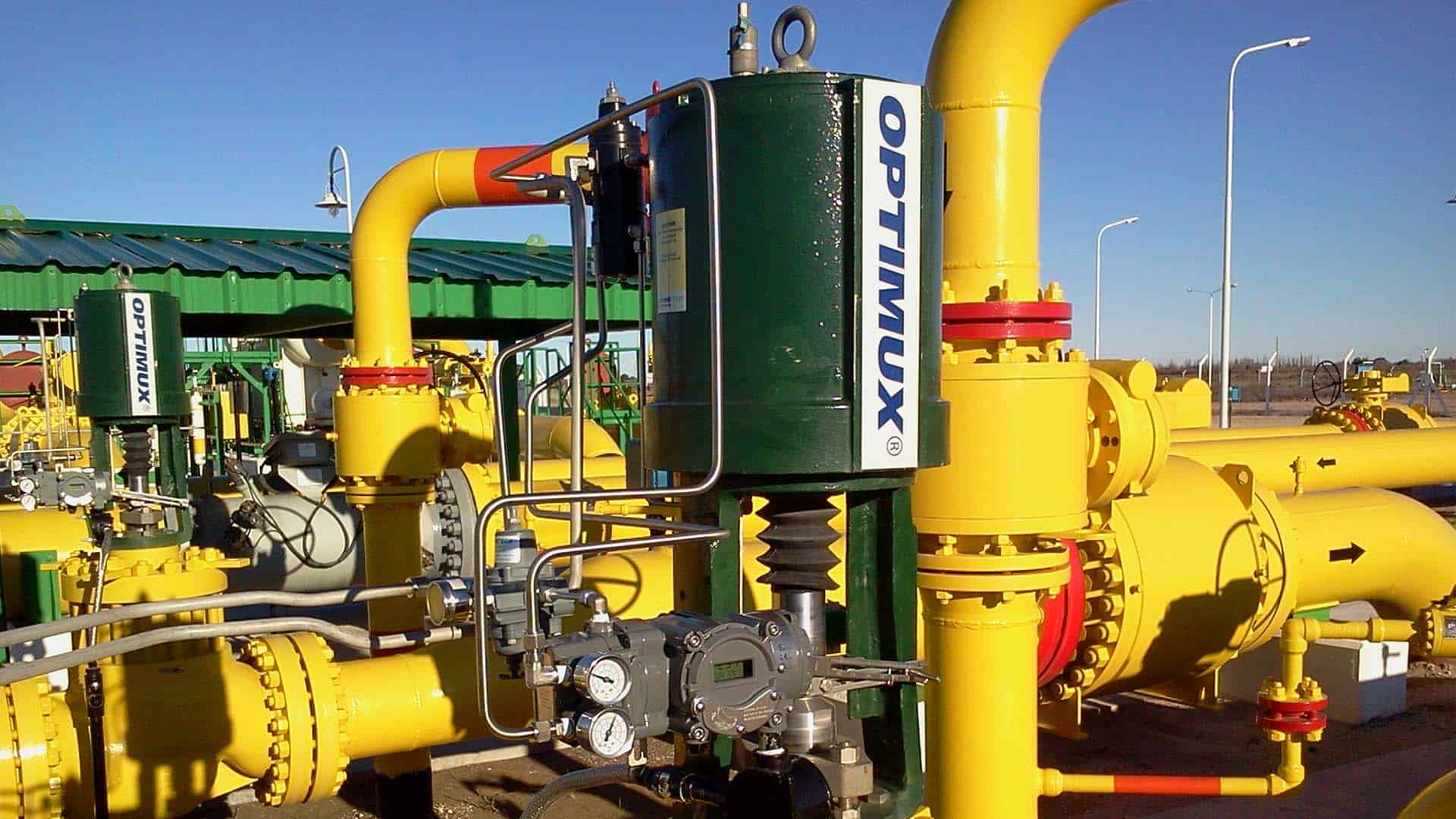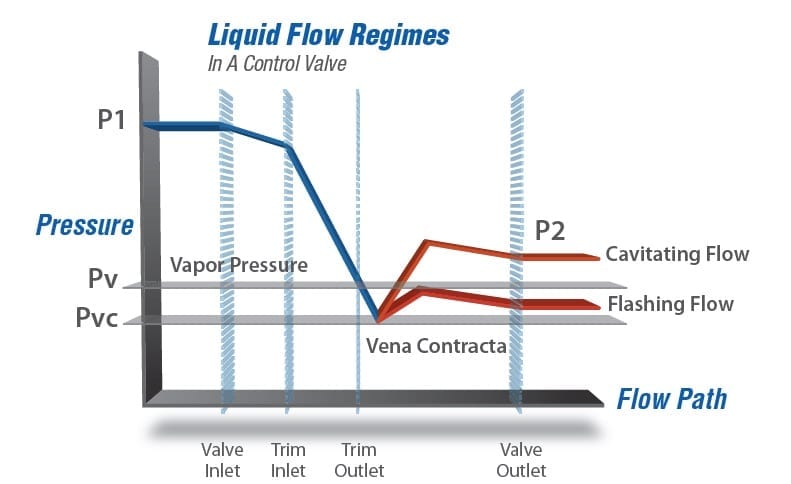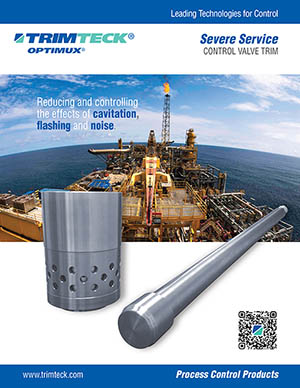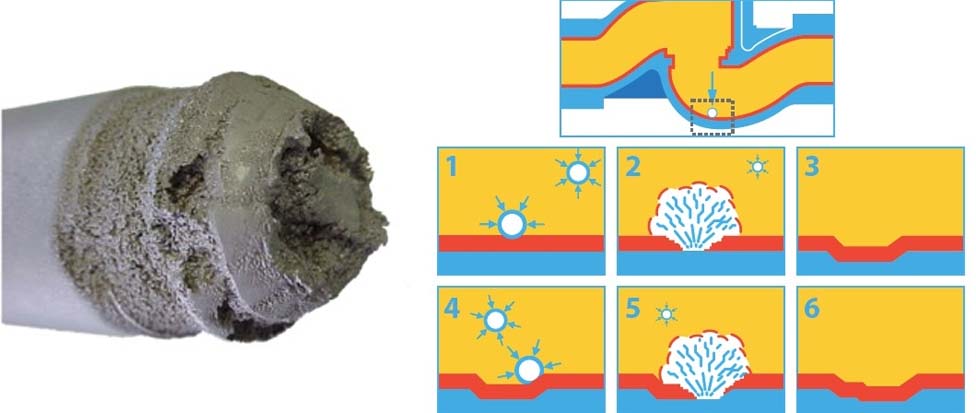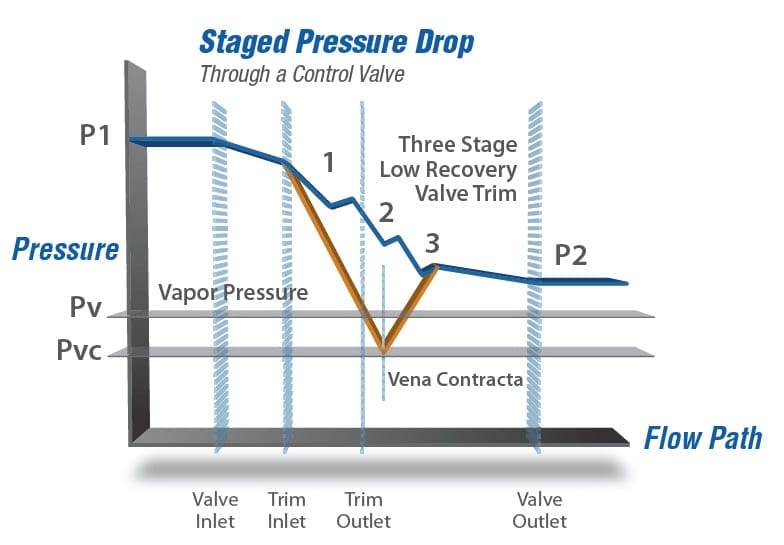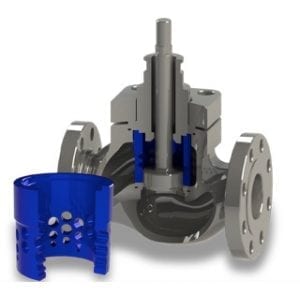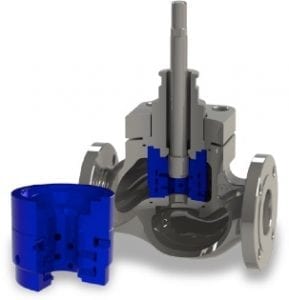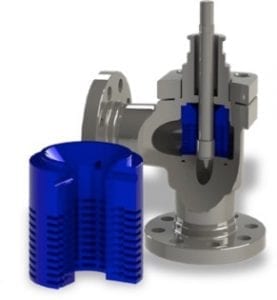Cavitation Guide for Control Valves
Cavitation in control valves occurs only with liquid media, and the principal factors are fluid velocity and pressure drop. Vapor bubbles will form if the liquid’s upstream pressure suddenly drops below its vapor pressure as it flows through the valve. Cavitation is the collapsing of these vapor bubbles as the pressure recovers downstream of the valve’s trim outlet.
Click here to download Trimteck’s instructional in-depth PDF guide to cavitation, flashing, and noise in control valves.
Cavitation Damage
Cavitation damage is a form of hyper-erosion that can destroy both control valves and piping, which can result in unacceptable process failures. The vapor bubbles created as a result of a pressure drop will implode – nucleate, grow, collapse, and rebound – as the vapor returns to liquid form. The implosion of vapor bubbles in the cavitation phenomenon inflicts damage in the form of small pits in the metal, which cumulatively wear away surfaces.
Predicting Cavitation: The Sigma (σ) Index
Embedded in Trimteck’s AccuValve Sizing & Specification Software is the Sigma Cavitation Index for predicting the potential for cavitation given a set of valve process parameters. Sigma is the most widely-accepted and precise cavitation index used to quantify and predict cavitation in control valves. Simply put, Sigma is the ratio of the potential for resisting formation of vapor bubbles to the potential for causing formation of vapor bubbles.
Preventing Cavitation with Staged Pressure Reducing Trim
In applications with more severe cavitation (1.0 < σ < 1.5), the ideal solution is to reduce pressure gradually from the trim inlet to the trim outlet. By staging pressure reduction, the trim can prevent the process pressure from dipping below the vapor pressure – thereby preventing the formation of the damaging vapor bubbles altogether.
Trimteck’s Anti-Cavitation Trim Solutions
